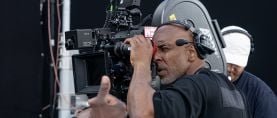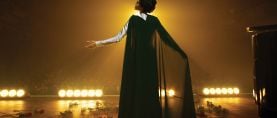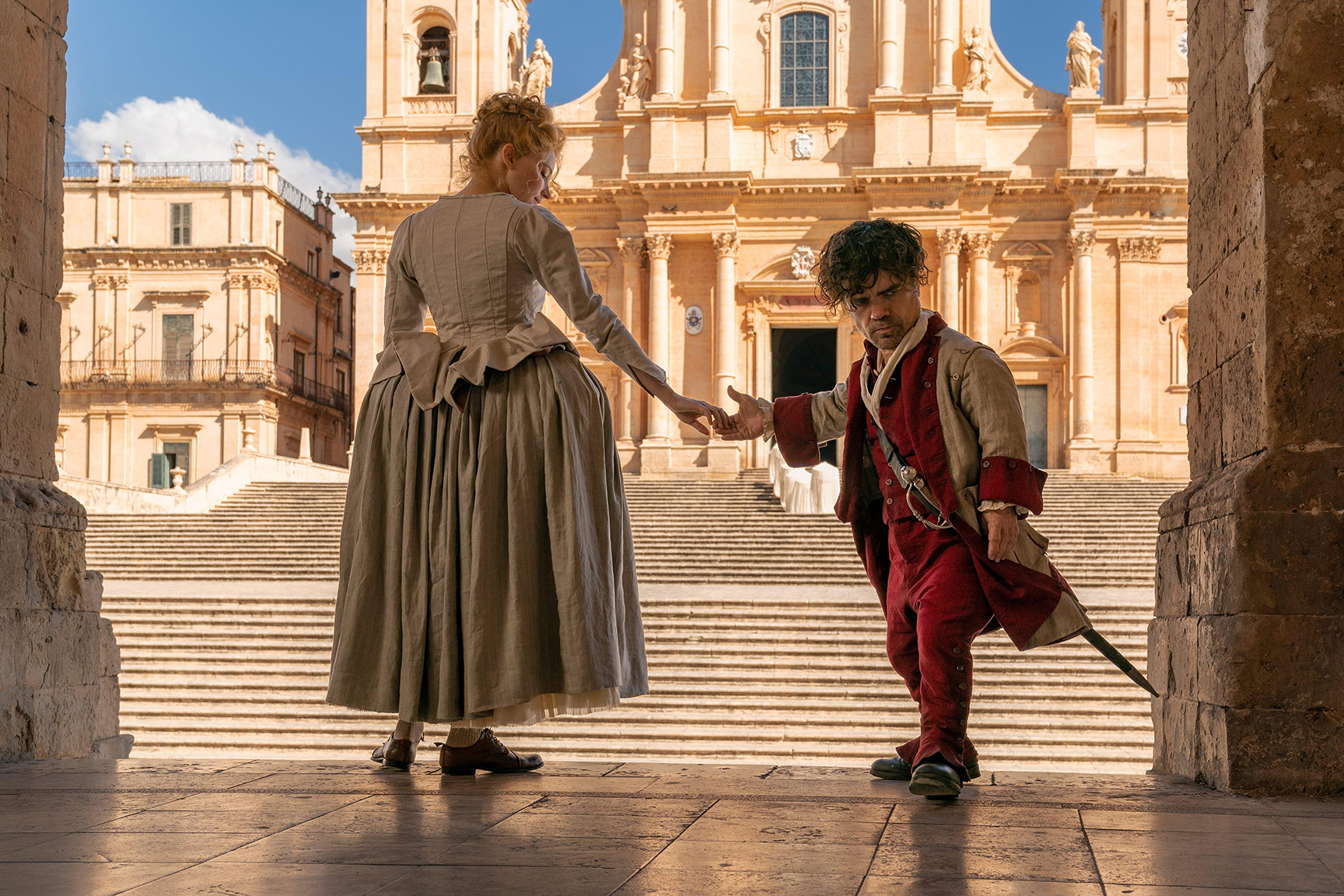
Collaborative Creative Process on Cyrano
Seamus McGarvey, ASC, BSC and director Joe Wright re-team for this new musical take on the classic love story.

Cyrano marks the fifth feature collaboration between cinematographer Seamus McGarvey, ASC, BSC and director Joe Wright, who previously collaborated on Atonement (AC Dec. ’07), The Soloist (AC May ’09), Anna Karenina (AC Dec. ’12) and Pan. The musical, shot on location in Sicily, stars Peter Dinklage and Haley Bennett as Cyrano and Roxanne — roles the actors recently played in the live theatrical production by Erica Schmidt, who also wrote the film’s screenplay. Based on the 1897 play Cyrano de Bergerac by French writer Edmond Rostand, the movie tells the classic tale of self-doubting Cyrano’s attempts to woo Roxanne by way of another suitor.
A few weeks before Cyrano opened in theaters, the two filmmakers sat down for a conference call with AC — McGarvey from his home in Italy and Wright from his base in England. They discussed their latest project and reflected on their successful partnership.
American Cinematographer: How do the two of you generally begin your creative process on a project?
Joe Wright: I delineate two weeks of table-time for Seamus and me in preproduction. That period is sacrosanct to me and usually comes after rehearsals, when we have a sense of the rhythms of the scenes. Rhythm is as important to me as picture. It can be the rhythm of the actors, their dialogue, camera movement and/or editing. It can also mean compositional rhythm in terms of light, shade and color within the frame. To me, rhythm is the primary tool of a filmmaker, which is why I think film is most akin to music. Breaking rhythm is one of [a filmmaker’s] primary dramatic tools. There is an overall rhythm to the film, but as with a symphony, there are isolated sections or movements when the rhythm may change or break.
Seamus McGarvey, ASC, BSC: Music is very important to Joe. He has a metronomic beat in his mind of the entire movie, and every department — including grip, camera, costumes, production design and cast — all dance to that same beat.
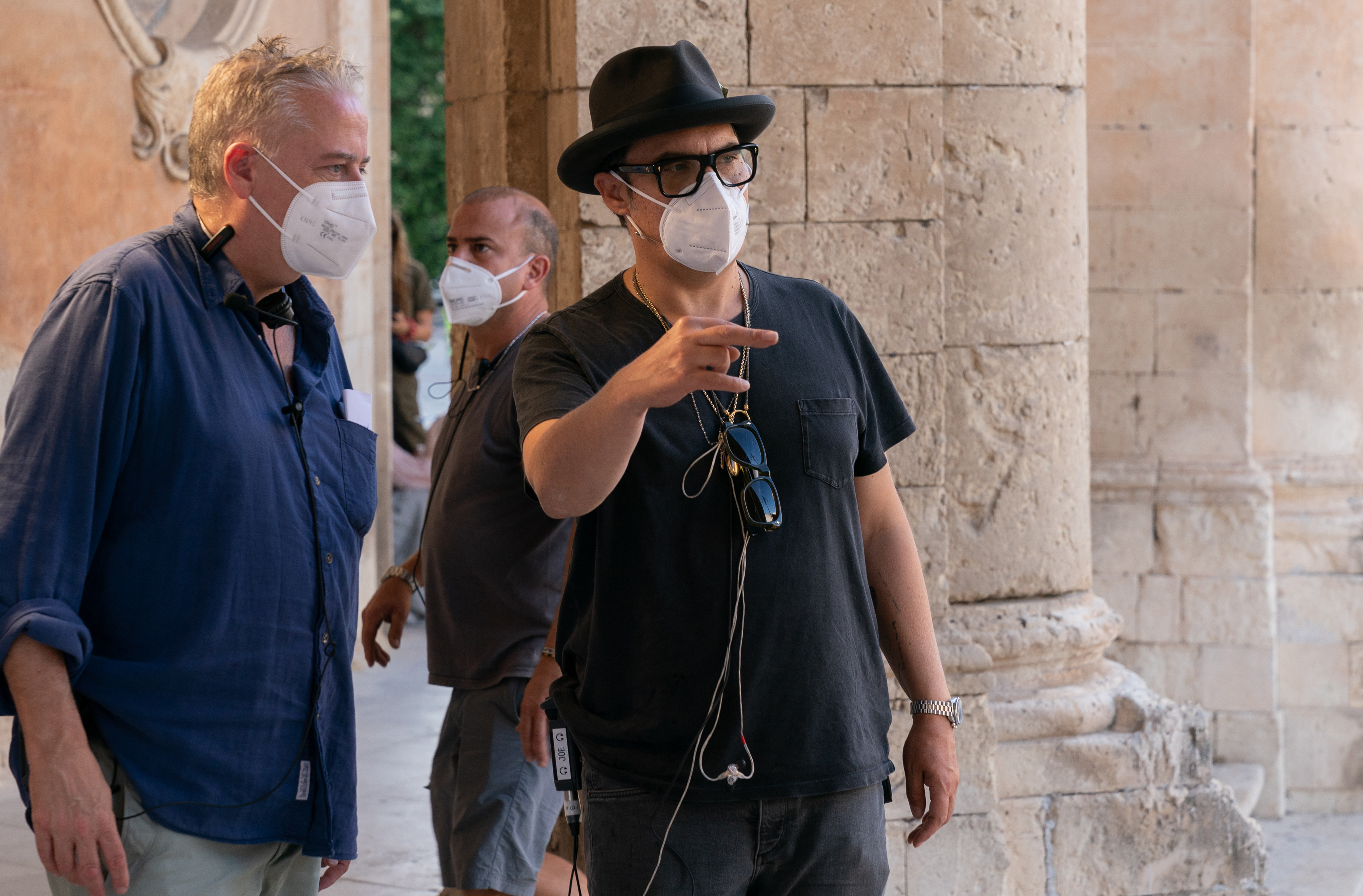
The film starts out full of color, but as it continues, it gets darker, both visually and dramatically.
McGarvey: There had to be a progression in the depiction of ardor and yearning. Also, we wanted to show a kind of innocence before the war scenes. We wanted a blooming of the windows by using filtration: Christian Dior 10-denier nets on the lens, diffusion filters, Tiffen Black Glimmerglass filters to produce that glow. Production designer Sarah Greenwood and Joe assiduously went for vibrant blues — those kinds of butterfly-wing blues. And the palazzos in Noto, where we shot most of the film, had a built-in golden hue, with yolk-stained walls that bounced the hot Sicilian light back into the streets.
There is an arc to the photographic rhythm of the film. At the start of the story there is a sense of daylight, hope and color, but that richness and illumination gradually turn into a more dramatic, lithographic and monochromatic look during the war scenario. I love naturalism, but I like the interference of the artifice of cinematography in order to make the scene appear to be lit with available light. I also love that sense of slowly moving into the more chiaroscuro. Portraiture was also very important; there was the sense of the individual. We talked about what aspect ratio we wanted to shoot in at various stages, including [1.33], but we eventually opted for 2.39.
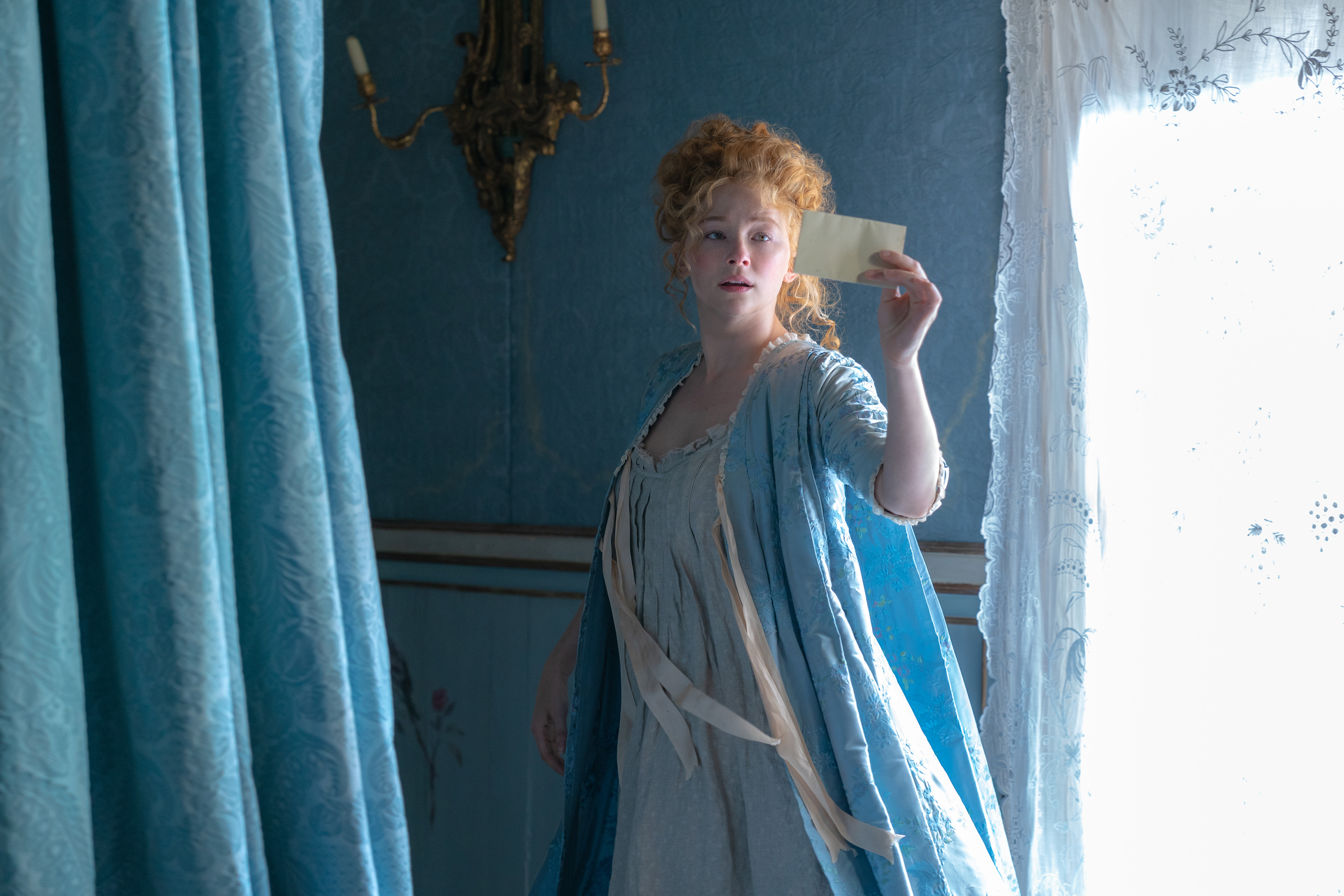
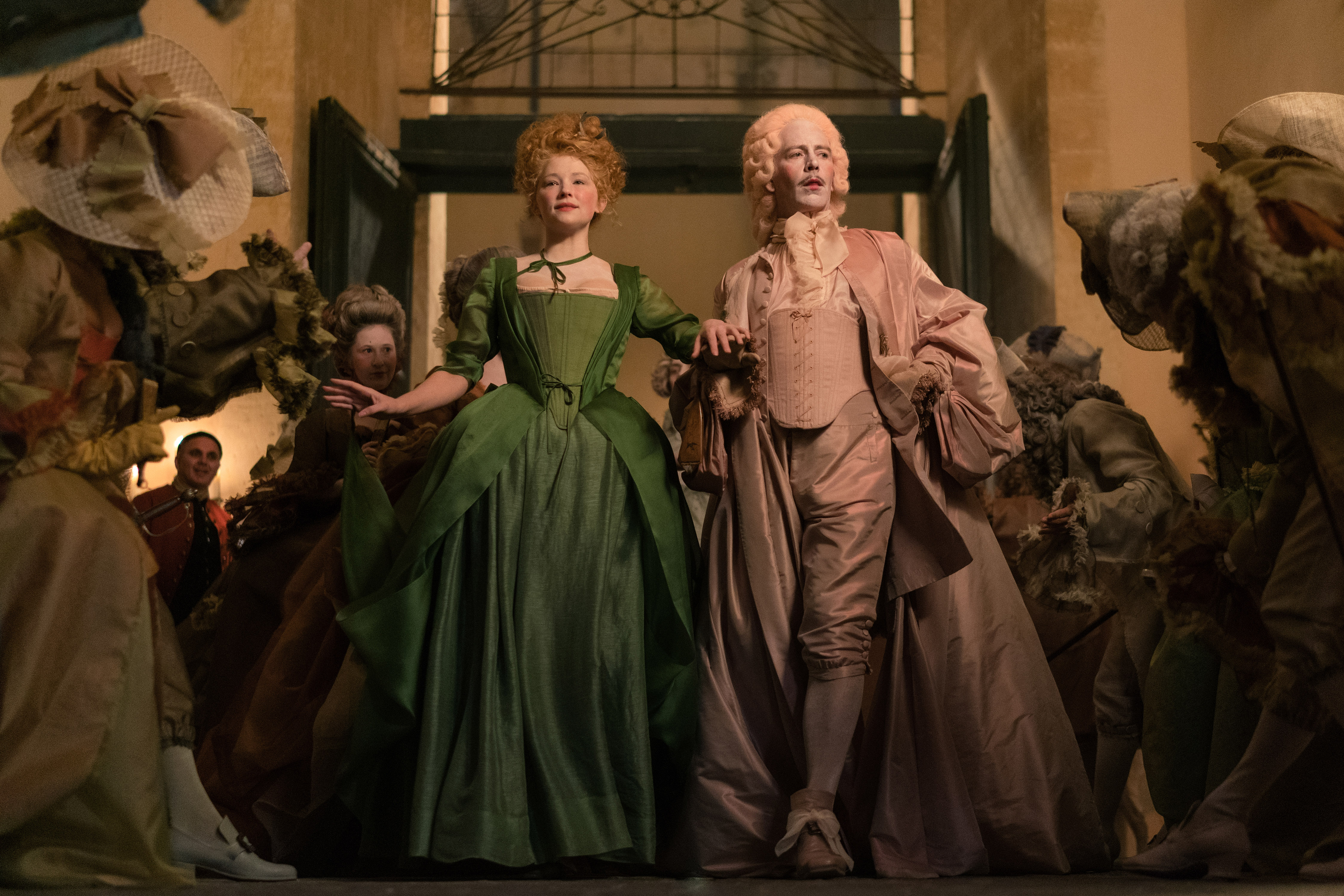
Wright: In our previous films together, Seamus and I have tended to use wide-angle lenses a lot — the mise en scène has been very carefully composed with an eye to the frame. But because Cyrano was a musical, I felt I needed to revert to something more observational and less theatrical — something that had more naturalism to it, so that the theatricality of the songs would be tempered by the cinematic style of the camerawork. We used longer lenses and a slightly more roaming camera.
The first section of the film is very much the kind of joy and pumping heart of falling in love. We tried to represent that with rich color choices — not bright, but rich. I always had in my mind a cut from a close-up of Roxanne to an extreme wide shot of Mt. Etna, giving the volcano’s barren landscape a lithographic feel. It wasn’t so much about being dark, but being very stark in its high contrast. Furthermore, I always imagined that the final section of the film was happening in Paradise. Seamus and I talked about a more heavenly light — not as deep or rich as the first section, but something almost beatific. The light signified the divine or the eternal, so in that last sequence, it was very clean, pure and simple.
McGarvey: The idea of the pale opalescent heavenly light came about when we scouted the church location and I took some pictures. The first one was overexposed, but it felt so right for the scene compared to the second properly exposed image that we decided to embrace that! It was lit very simply with large 18K HMIs outside the doors. The close-ups were shot with a Dedolight Daylight Octodome.
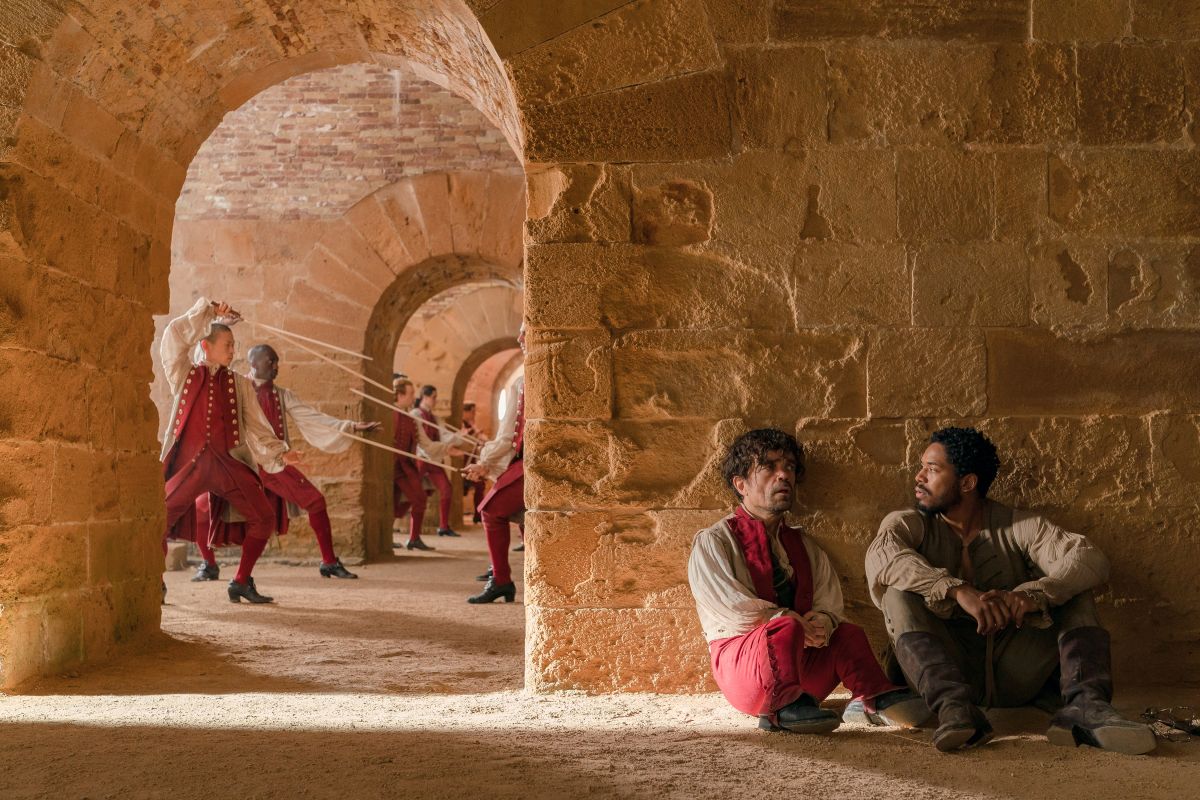
Tell us a bit about your camera and lens package.
McGarvey: We shot with the new Leitz large-format lenses using the Alexa LF and Alexa Mini LF. I love portraiture, and the detail we were able to capture in the landscapes of our wonderful actors’ faces was startling.
Seamus, how did you approach lighting the production’s night scenes?
McGarvey: We tended to go with low-key tungsten: dim, soft sources, off-camera at night. Joe was always encouraging me toward a lower-key aesthetic, to be braver with my lighting — generally darker, falling in and out of light, something that would echo the characters thematically — particularly on my night scenes.
We mixed tungsten and LED throughout. The night exteriors were usually large tungsten sources. The day interiors had a range of HMI sources outside the windows, with minimal fill inside. However, for the night scenes in the tight, real spaces we were shooting in, fixtures like Astera tubes and Litemats were a savior!
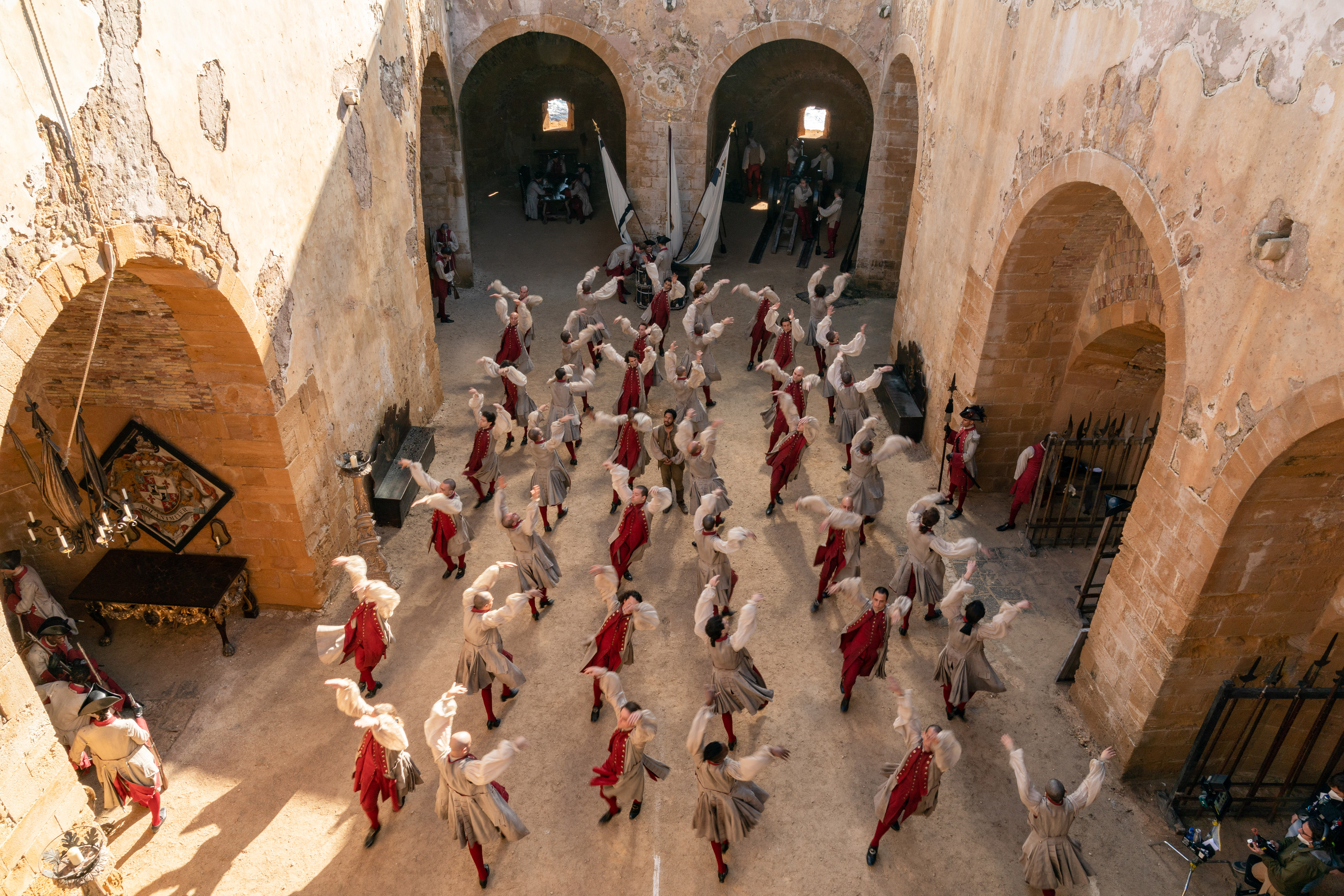
There is a continuous sense of movement in the film — did you frequently use dollies, Steadicam and cranes?
Wright: [In some situations] we moved the artists rather than the camera, which gives the impression that the camera is moving. [But in general] our camera was more kinetic than usual; the dynamism of the music encouraged that. I think the sense of movement also comes from the lenses. We consciously interfered by flaring the lens and by creating a physical dance of light in the lens, with Seamus and me holding flashlights.
McGarvey: The choreography and kinetics of the actors provided inspiration for our camera movement; we used quite a lot of camera movement until the stasis of war and death toward the end of the film. We shot from a dolly most of the time, except while we were shooting on Mount Etna.
Wright: We also had a secret weapon: camera operator Peter Robertson, who has worked with Seamus and me since Atonement.
McGarvey: I love to operate, but when I discovered a truly brilliant operator, I realized I’m not the operator that I thought I was. Plus, [having an operator] allows me a greater rapport with the director, and provides another voice to discuss the photography.
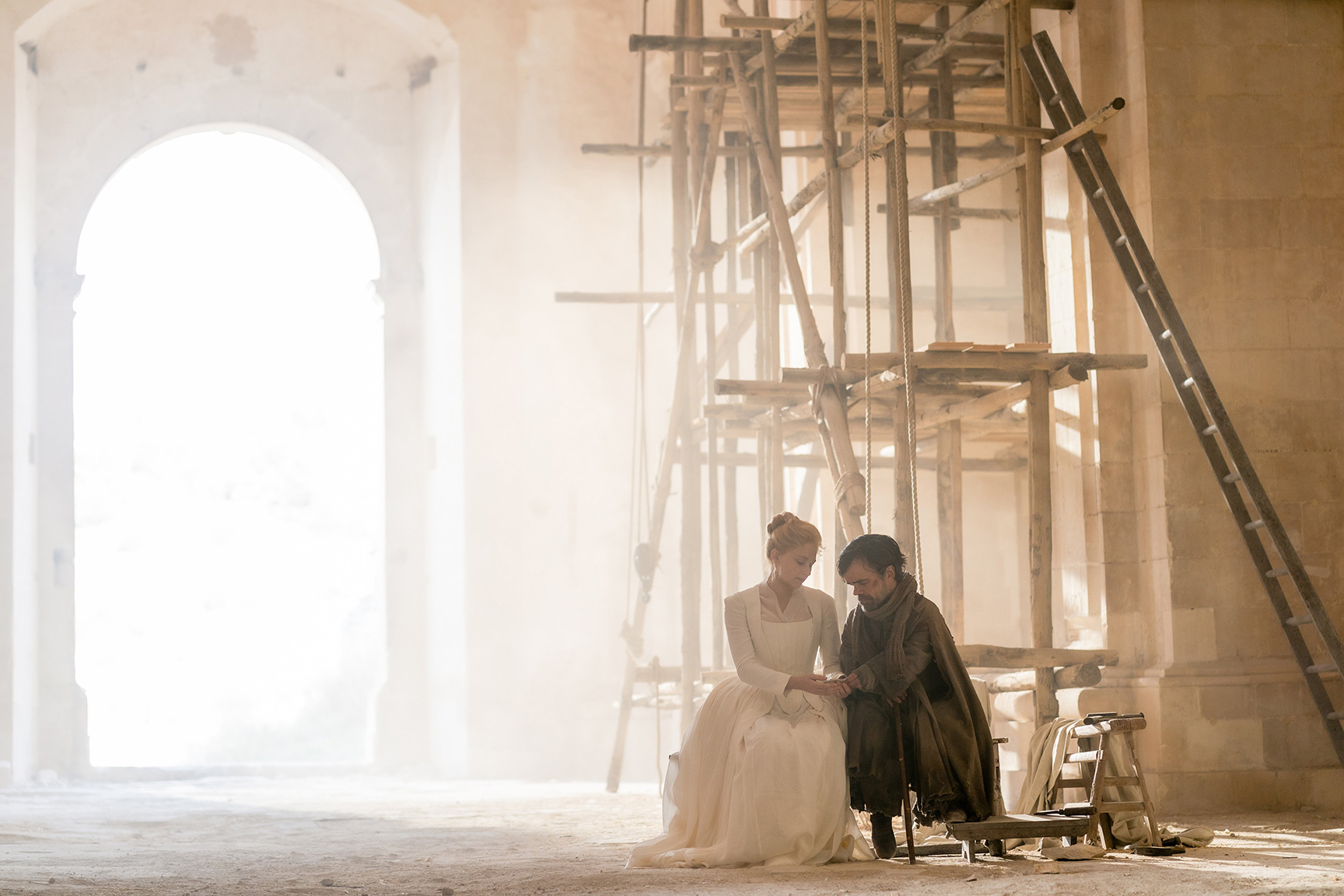
Many shots play out uninterrupted.
Wright: There are a lot of long takes in the movie. I never want to cut without a reason. A cut is one of the most potent tools we have, rhythmically and cinematically. I’m interested in investigating the potential of a shot and playing it to its last point. One of my favorite sequences in the movie is the last scene, when Cyrano and Roxanne are sitting next to each other. It’s a deep two-shot that pulls focus between the two characters. I didn’t want to break into that shot; I thought it was important to stick with the two of them and listen to their conversation. The moment is broken dramatically when Roxanne stands and walks away. Then it cuts very quickly between close-ups of the two characters until Cyrano walks away and we go into the final moments of the film.
A long, extended shot doesn’t need to be fancy or involve a long camera move. It needs to have a reason — an emotional reason. Holding on the human face for an extended period of time is just as powerful as any long and bold Steadicam shot. My favorite shot in every film I shoot is the close-up.
Near the beginning of the film, Roxanne rides through the streets in a horse-drawn carriage. She looks out the carriage window and we see all these wonderful reflections in the glass. How did you accomplish that?
McGarvey: We wanted to do some sequences looking into the carriage — to physically look into the carriage with Roxanne sitting there — but couldn’t because we would see our own reflection. So, we shot without glass, then shot reflection plates of Roxanne’s POV looking out of the windows, which were put in digitally. A lot was done in-camera, but we also had some help — we worked with the wonderful [cinematographer] Kate Arizmendi on the 2nd unit.
Wright: We play with mirrors and reflections quite a lot in the film. There is a moment when Christian is standing on the sidewalk looking into a bakery window. Inside the shop are mirrors hung at different angles, and when he looks into the mirrors, he sees Roxanne’s reflection as she is passing by in the carriage. Her reflection moves through the bakery’s various mirrors. Mirrors were a visual theme of the film, which is very much about how we perceive ourselves and how others perceive us.
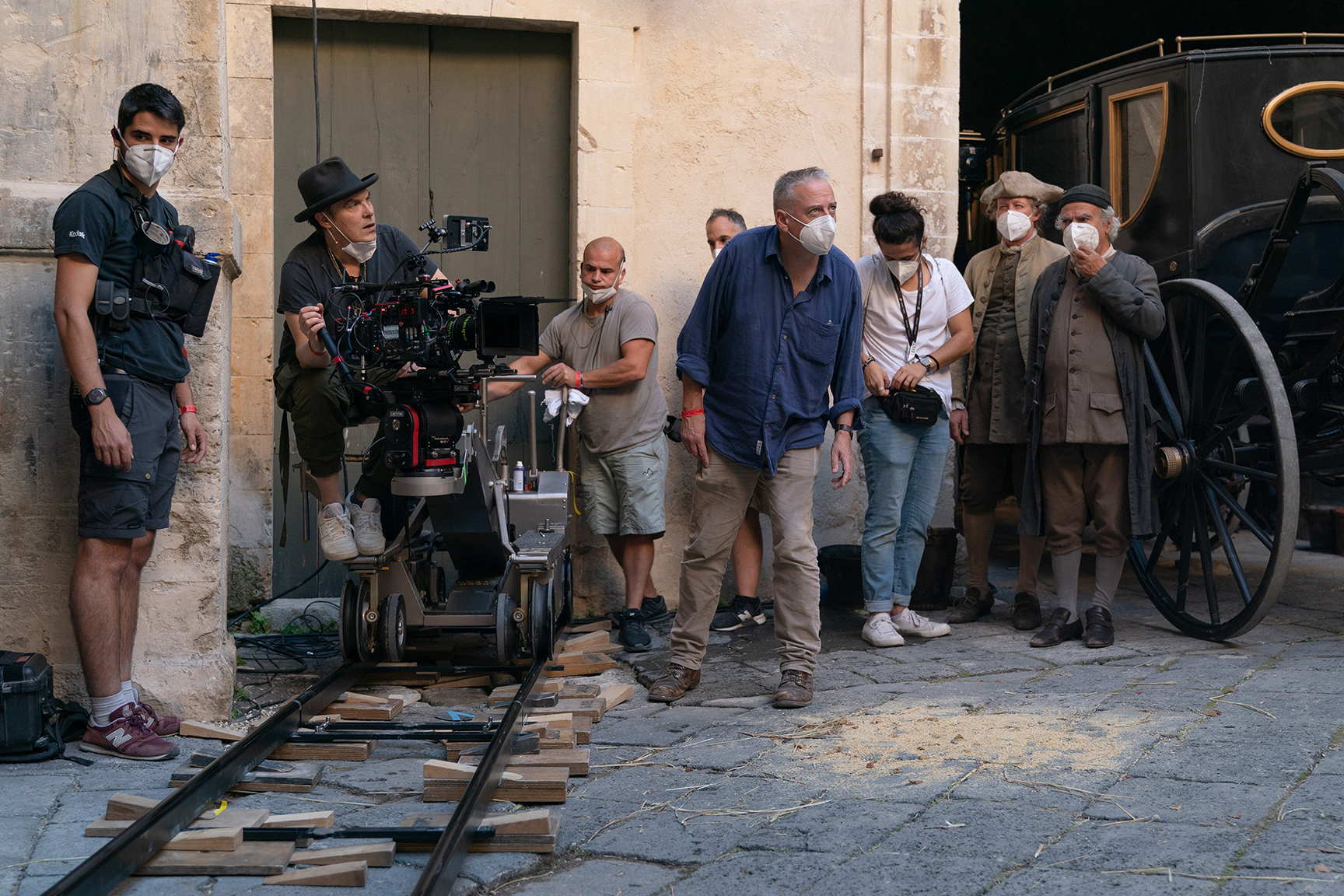
McGarvey: [Laughs.] Shooting on a volcano with molten magma spewing out of it!
Wright: We had planned to shoot at the top of St. Etna, which was 9,000 feet high and had a very vertiginous slope of black soot. Air is very thin at 9,000 feet. We were told it wouldn’t start snowing before February, but the week before we shot there it snowed a meter! We had to move the set further down the volcano, which meant we could no longer use the Technocrane we had planned to use. Instead, we used a tripod dug into the volcano. Then, on the very last day, Etna decided to erupt, and we had to literally run off the volcano chased by molten lava. It was an extraordinary group effort by our wonderful Italian crew.
The filmmakers also sat down for a discussion with Mandy Walker ASC, ACS for our ASC Clubhouse Conversations series:
